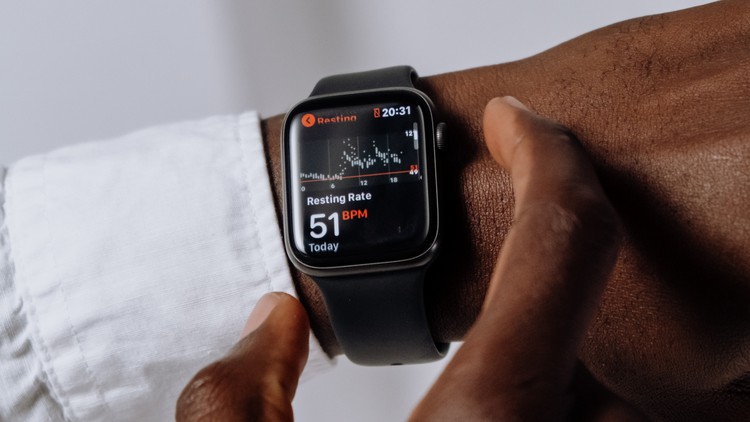
An Introduction to Digital Health Innovation and Entrepreneurship using the Stanford Biodesign Process
What you will learn
Develop an understanding of the Stanford Biodesign process
Become familiar with key considerations when developing a digital health innovation
Create, screen, and shortlist well-crafted needs statements in the context of digital health
Conduct a market sizing analysis for a digital health innovation, using both top-down and bottom-up approaches
Understand how to perform a competitor analysis for digital health, and be introduced to popular competitor analysis frameworks
Develop concept criteria across a range of domains, and use the ‘How Might We’ approach for concept generation
Learn about prototyping for digital health solutions, and be aware of possible resources to use for both software and hardware prototyping
Understand regulatory considerations for Software as a Medical Device (SaMD)
Be introduced to information governance and data protection processes in both the US and European contexts
Understand the different types of intellectual property (IP) protections for digital health tools, including filing for patents
Compare and contrast different customers, business models, and approaches to reimbursement for digital health tools in the US
Learn about the key components of a pitch deck for a digital health venture
Description
Throughout this course, you will be introduced to digital health innovation and entrepreneurship using the proven Stanford Biodesign process, taught by a physician and Harvard HealthTech Innovation fellow, Dr Bharadwaj Chada.
You will be taken through the “identify, invent, implement” phases of the process, and learn about the stages underpinning each phase.
In the “identify” phase, you will develop the key skill of crafting needs statements, the cornerstone of the Biodesign process. You’ll then learn how to screen and shortlist these needs statements until you’re left with a few top needs. You’ll also be taught how to evaluate the “disease” or “problem” state fundamentals of the area you’re working in, before learning the essentials of market and competitor analyses.
In the “invent” phase, you’ll start to apply design thinking techniques, such as using “How Might We?” questions to generate innovative concepts that will underpin your digital health solution. We’ll discuss the importance of prototyping for digital health, and learn more about some resources to help with wire-framing and prototype development.
Finally, in the “implement phase”, you’ll be introduced to key commercial and strategic considerations, such as securing regulatory approvals for digital health products, protecting your intellectual property (IP), and understanding potential approaches to reimbursement and business modelling. The course will culminate with an overview of the core components of a compelling pitch deck.
Content